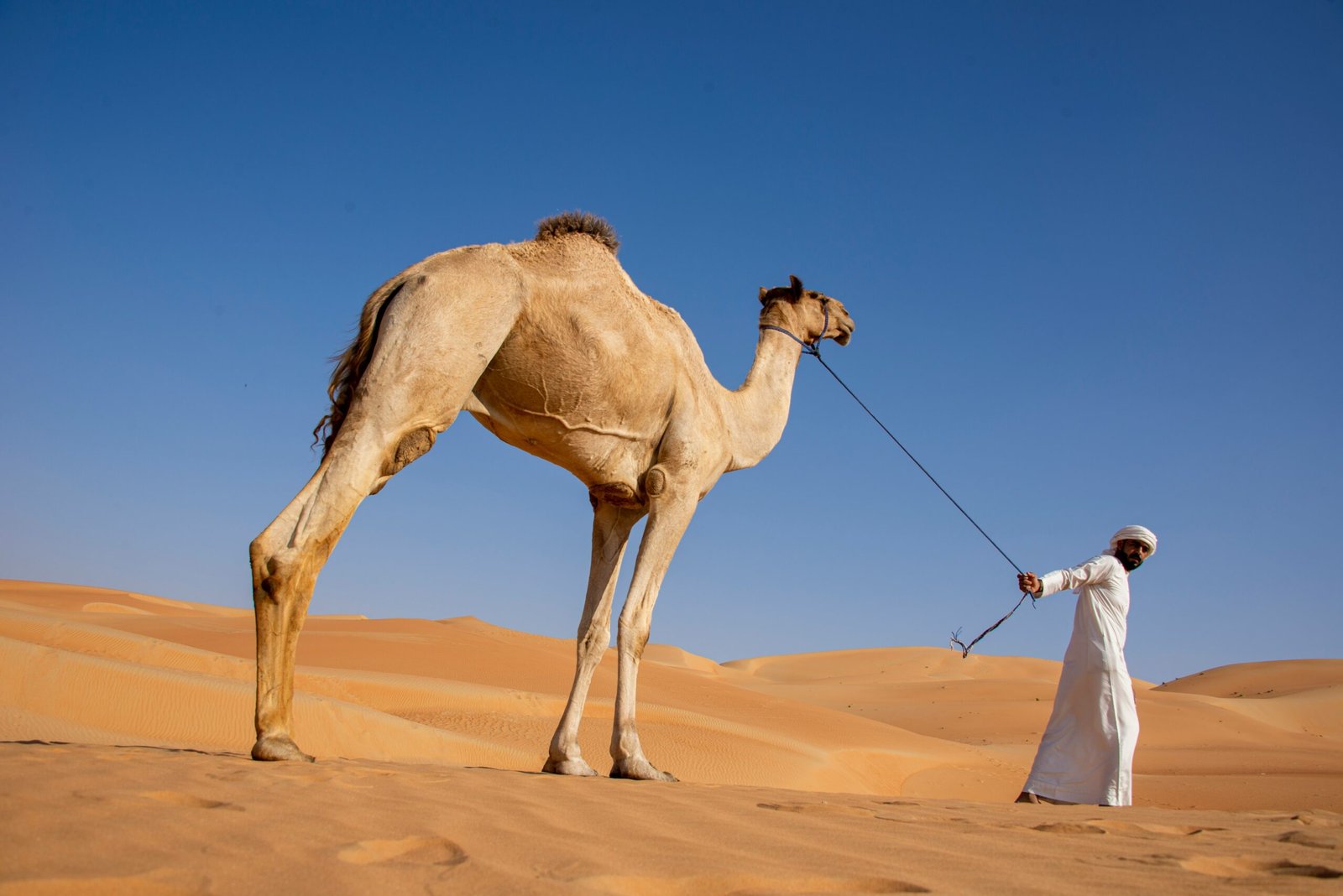Exploring the Role of Arabic in Islamic Civilization
Arabic, a language spoken by hundreds of millions worldwide, plays a central role in Islamic culture. As the language of the Quran, the holy book of Islam, Arabic holds a special significance for Muslims around the world. In this article, we will explore the role of Arabic in Islamic culture, from religious texts to literature, art, and everyday life.
1. The Quran: The Holy Book of Islam
The Quran is the central religious text of Islam and is considered the word of God revealed to the Prophet Muhammad. It is written in Classical Arabic, a form of the language that has remained largely unchanged for centuries. The Quran is recited in Arabic during prayers and is studied by Muslims of all levels of education.

2. Hadith: The Sayings and Traditions of the Prophet Muhammad
The Hadith are the sayings and traditions of the Prophet Muhammad, as recorded by his companions. These texts provide guidance on how to live a Muslim life and are considered an important source of Islamic law. The Hadith are also written in Classical Arabic and are studied by Muslims alongside the Quran.
3. Islamic Literature: A Rich Tradition
Arabic literature has a rich and diverse tradition, dating back to the pre-Islamic era. Islamic poets and writers have produced works on a wide range of topics, including religion, philosophy, history, and love. Some of the most famous Arabic literary works include the Thousand and One Nights, the Rubaiyat of Omar Khayyám, and the works of Ibn Battuta, a 14th-century traveler.
4. Islamic Art and Calligraphy
Arabic calligraphy is a beautiful and intricate art form that is closely associated with Islamic culture. Calligraphers use a variety of styles and scripts to create stunning works of art, which are often used to decorate mosques, palaces, and other Islamic buildings. Islamic art also includes a wide range of other forms, such as architecture, pottery, and textiles.

5. Arabic in Everyday Life
Arabic is used in many aspects of everyday life in Islamic societies. It is the language of education, government, and business. Arabic is also used in religious ceremonies, such as prayers and sermons.
6. The Preservation of Arabic
Efforts are being made to preserve the Arabic language and its rich cultural heritage. Organizations and institutions around the world are working to promote Arabic language learning and to support research into Arabic literature and culture.
Conclusion
Arabic is more than just a language; it is a central part of Islamic culture. From the Quran to literature, art, and everyday life, Arabic plays a vital role in the lives of Muslims around the world. As the world becomes increasingly interconnected, the importance of Arabic is likely to grow in the years to come.

Leave a Reply